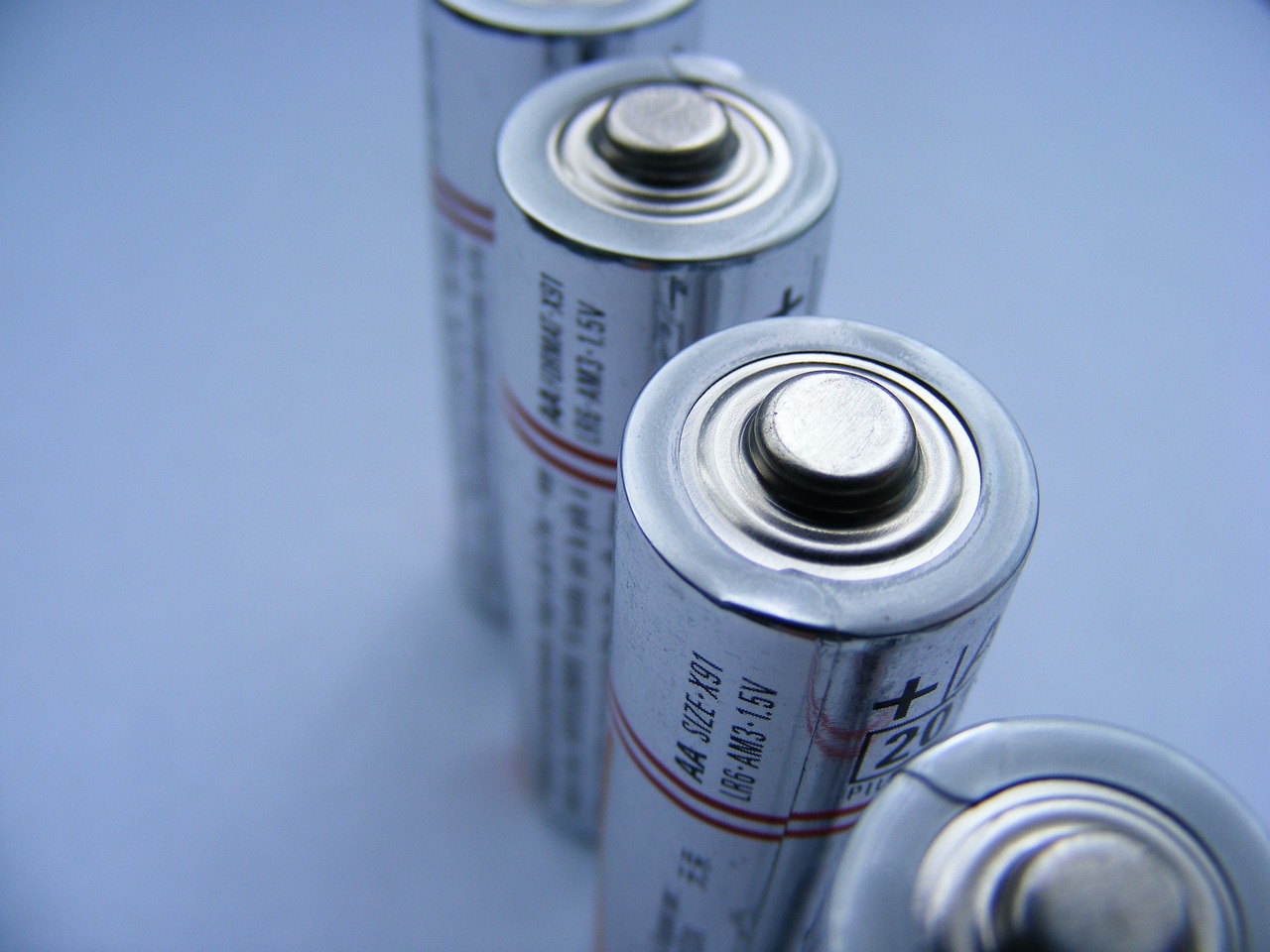This post is also available in:
 עברית (Hebrew)
עברית (Hebrew)
Researchers at China’s Jilin University in have made a groundbreaking advancement in lithium-ion battery technology by developing a stretchy, self-healing battery capable of expanding up to 250% of its original size without losing performance. This innovative battery could be a key enabler for the next generation of wearable electronics and soft robotics.
Lithium-ion batteries are already known for their high energy density, offering significant advantages over older technologies. These benefits include longer-lasting power for devices such as electric vehicles, smartphones, and laptops, while occupying much less space. However, as devices become more flexible and integrated into clothing or wearable forms, a new challenge has emerged: how to create energy storage that can maintain its functionality while stretching and bending without breaking.
The team, led by Professor Xiaokong Liu, approached this problem with a novel solution. By using long polymer molecules linked by imine bonds—combinations of carbon and nitrogen—the researchers designed a battery where the electrolyte and electrodes are fused together in a unique configuration. This design enables the battery to stretch and even heal itself if damaged. When the battery is cut, the components can be rejoined, and it will resume functioning, a critical feature for future flexible electronics.
The breakthrough comes from the combination of the stretchable polymer and the battery’s resilience. The polymer not only serves as an electrolyte but also binds to both the positive and negative electrodes. Remarkably, the battery retains its ability to power devices, even when subjected to strain. After being cut and reassembled, the battery was still able to steadily power an LED light, demonstrating its self-healing capabilities.
While stretchable batteries are not new, they typically lack self-healing properties, and those that do can be less flexible. Liu’s team has achieved a rare combination of both attributes, setting the stage for new innovations in electronic wearables and other flexible technologies. This research, published in Supramolecular Materials, marks an exciting step toward more robust and adaptable energy solutions.


























